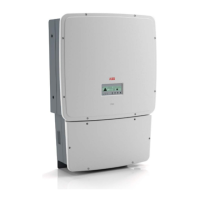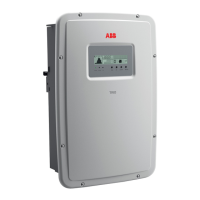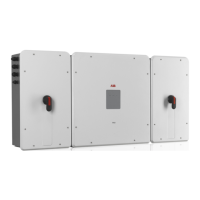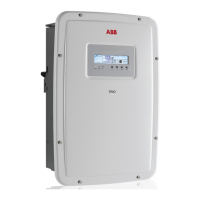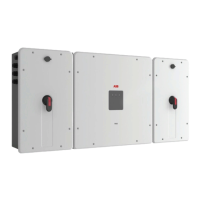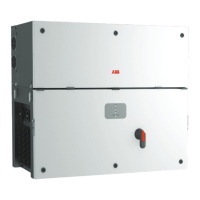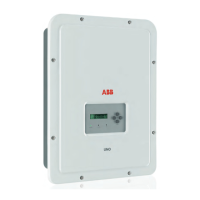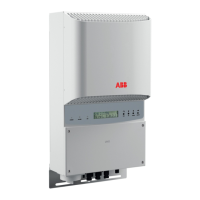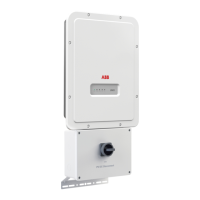MPPT configuration examples
PV eld characteristics MPPT conguration Notes
• The photovoltaic array consists of
strings having a different number of
modules in series.
• The photovoltaic array consists
of strings that have different
environmental conditions (shading,
tilt, etc.).
• The inverter is an arc fault model
denoted by “-A” at the end of the
model number.
MPPT conguration
has to be
INDEPENDENT
(i.e., two MPPTs active)
For two active MPPTs in the independent
mode, each photovoltaic array is to be
connected to each of the inputs with a
power lower than the power limit of a
single input channel AND a maximum
current lower than the current limit of the
single input channel.
A group of strings connected to MPPT 1
may have different conditions or quantity
than the strings connected to MPPT 2
while operating in Independent Mode.
However, within each group of strings
on an MPPT channel, each string must
consist of the same number of modules
and environmental conditions.
• The photovoltaic array consists of
strings having the same number of
PV modules in series.
• The photovoltaic array consists of
strings that have the same installation
conditions, i.e., all the strings have
the same tilt and azimuth.
• The photovoltaic array connected
to each of the inputs has a power
lower than the power limit of the input
channel AND a current lower than the
current limit of the input channel.
Possibility of choosing
between INDEPENDENT
or PARALLEL MPPT
conguration
(Note: AFD models
cannot use parallel)
For two active MPPTs in the independent
mode, each photovoltaic array is to be
connected to each of the inputs with a
power lower than the power limit of a
single input channel AND a maximum
current lower than the current limit of the
single input channel.
A group of strings connected to MPPT 1
may have different conditions or quantity
than the strings connected to MPPT 2
while operating in Independent Mode.
However, within each group of strings
on an MPPT channel, each string must
consist of the same number of modules
and environmental conditions.
• The photovoltaic array consists of
strings having the same number of
modules in series.
• The photovoltaic array consists of
strings that have the same installation
conditions, i.e., all the strings have
the same tilt and azimuth.
• The photovoltaic array connected to
each of the inputs has a power higher
than the power limit of the input
channel OR a current higher than the
current limit of the input channel. Non-
AFD models cannot be in parallel.
MPPT conguration
has to be PARALLEL
(i.e., one MPPT active)
A SUFFICIENT condition* for the two
MPPTs to be used in parallel mode is for
the photovoltaic array connected to each
of the inputs to have a power higher than
the power limit of the single input channel
OR a maximum current higher than the
current limit of the single input channel.
An ADVISABLE (*) condition for the two
MPPTs to be connected in parallel is for
the photovoltaic array connected to the
two inputs to consist of strings comprised
of the same number of modules in series
and for all the modules to have the same
installation conditions.
*This condition is sufcient from the point of view of the energy production of the system, not from the point of view
of inverter operation.
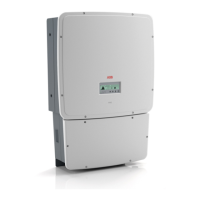
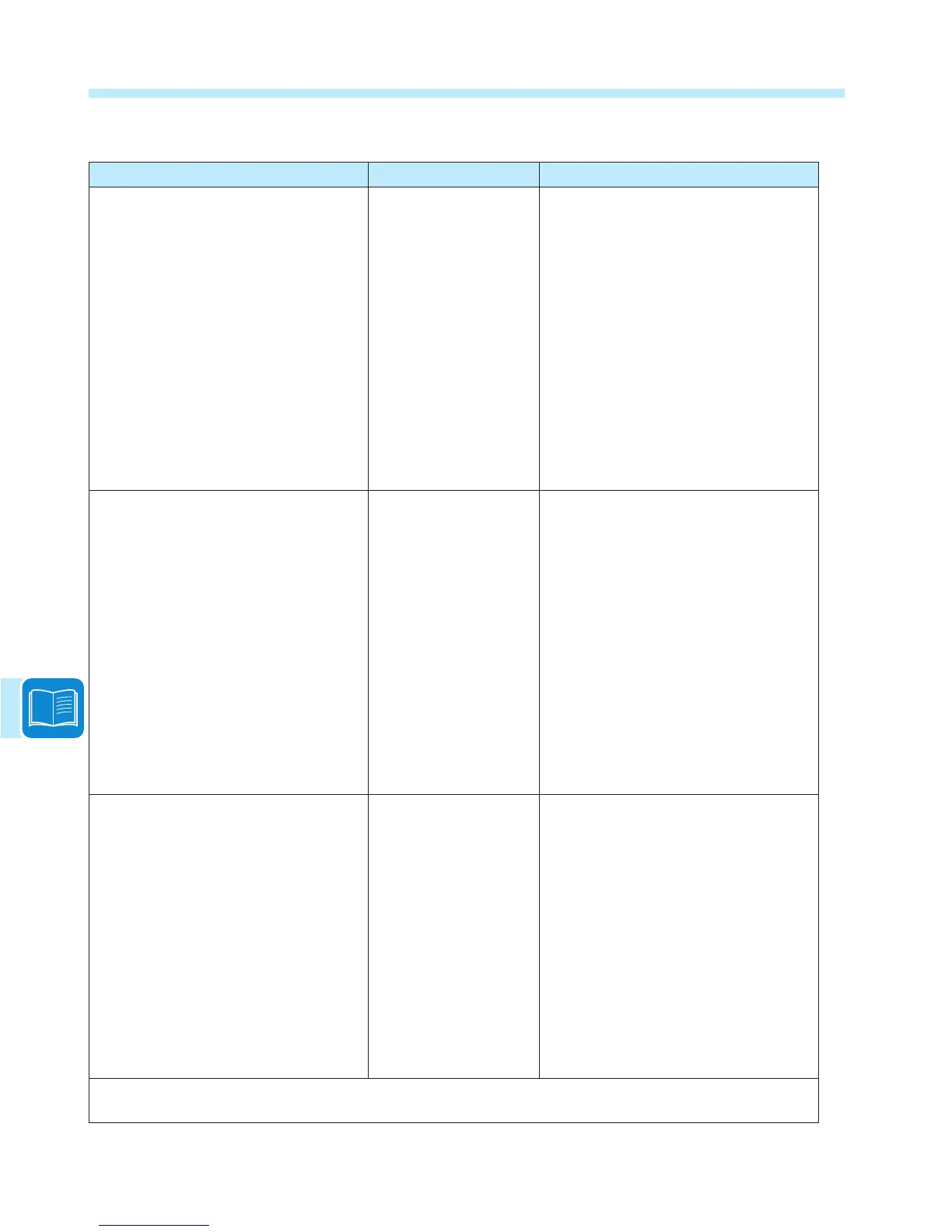